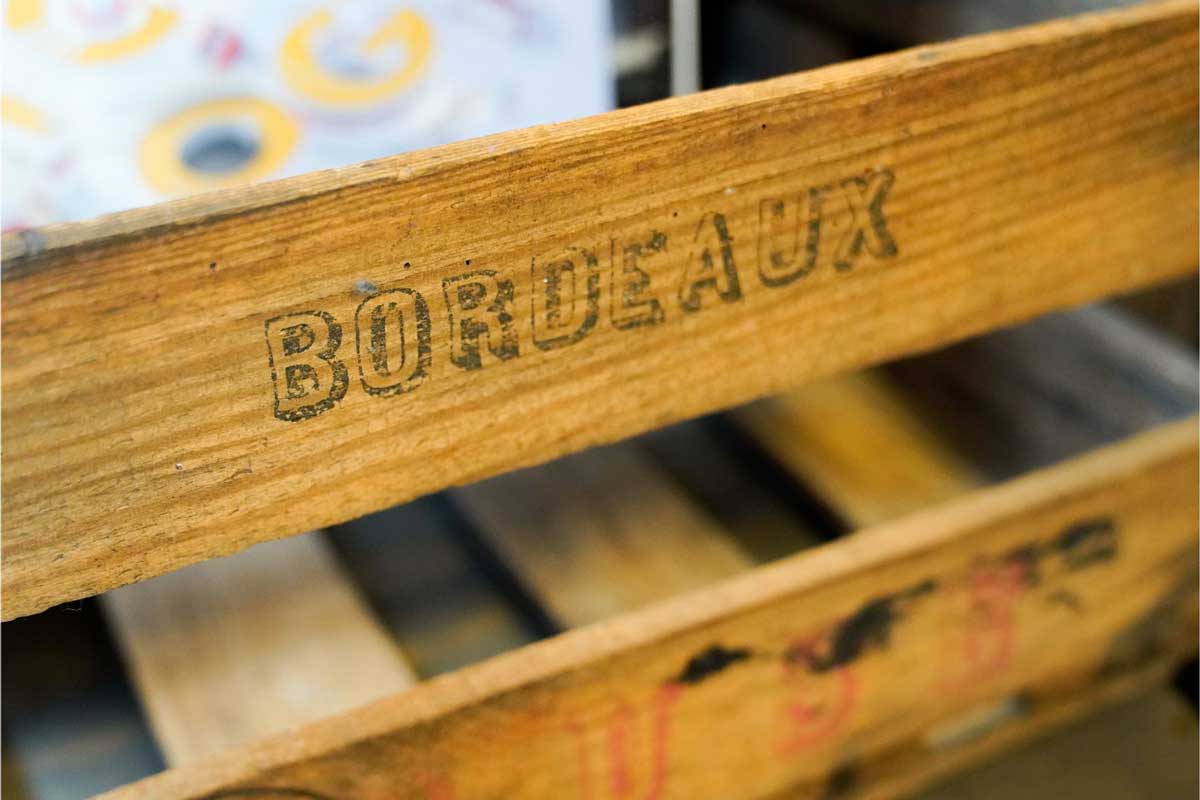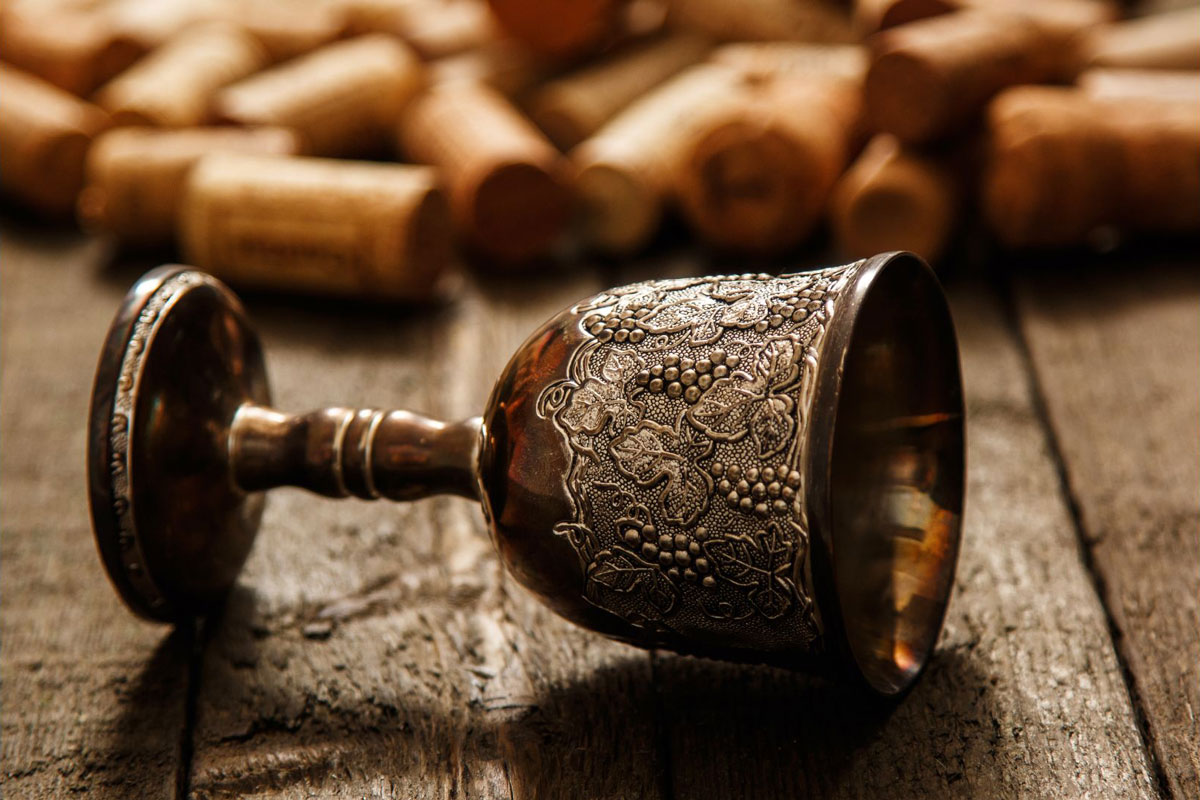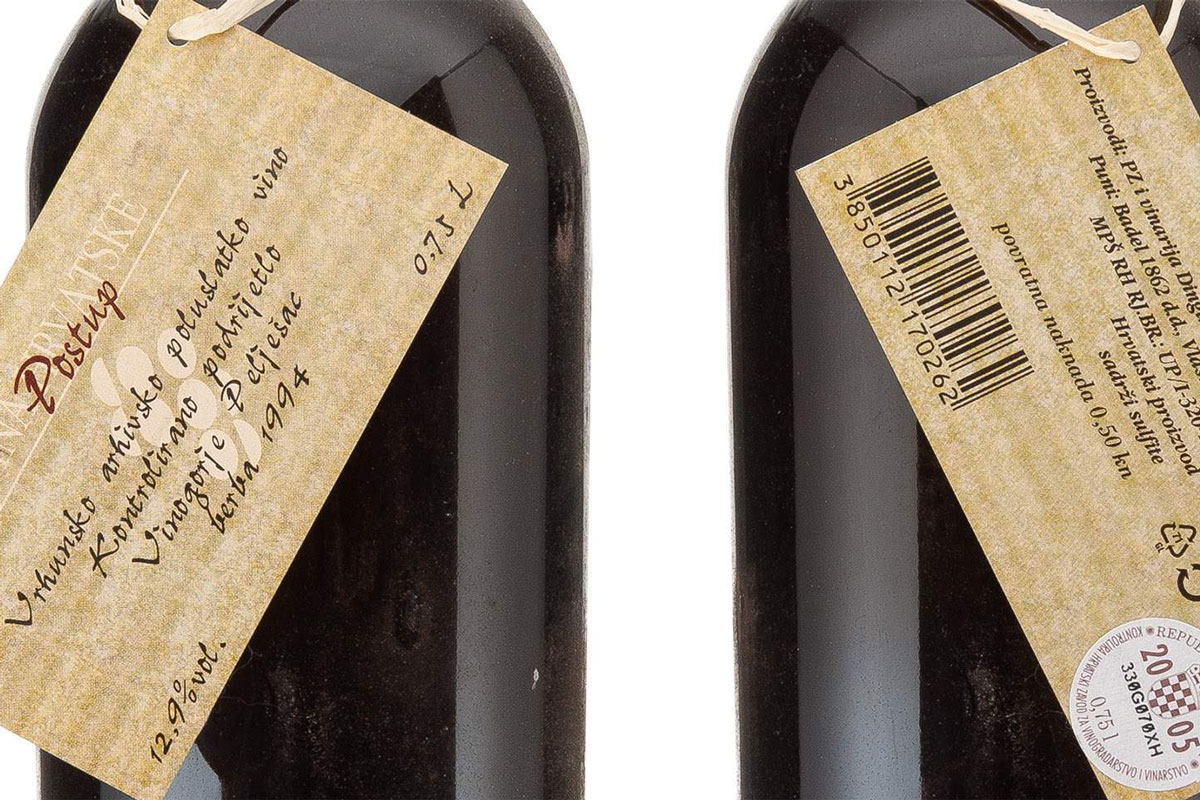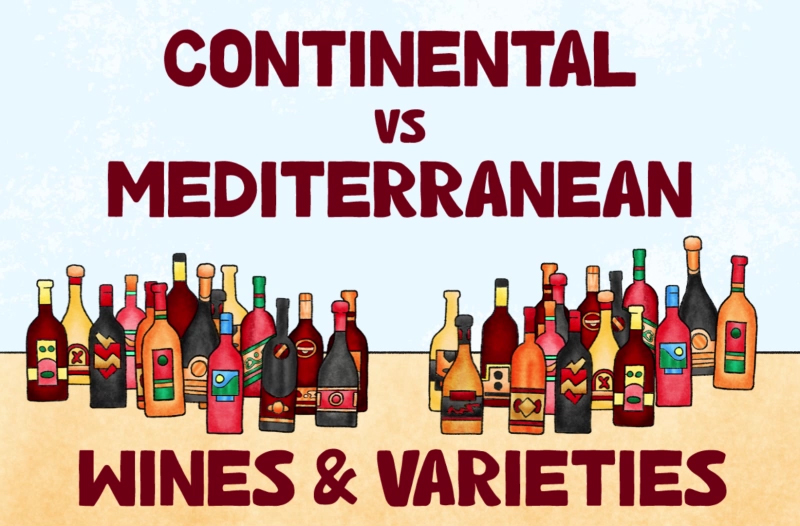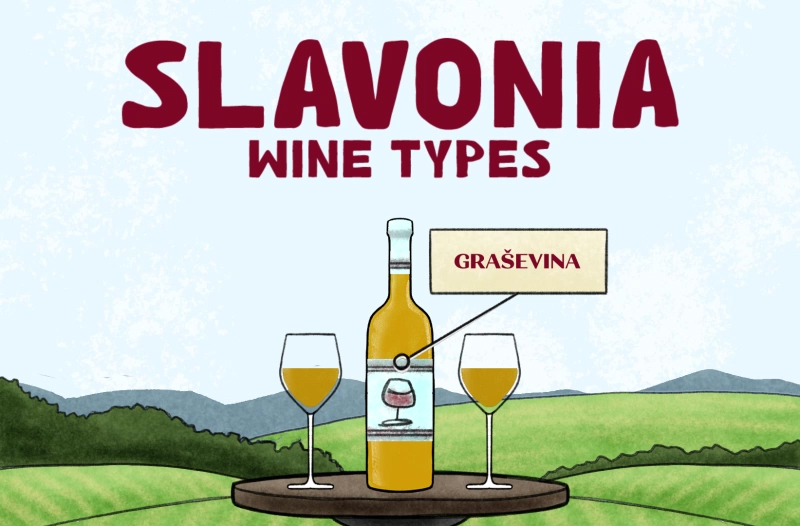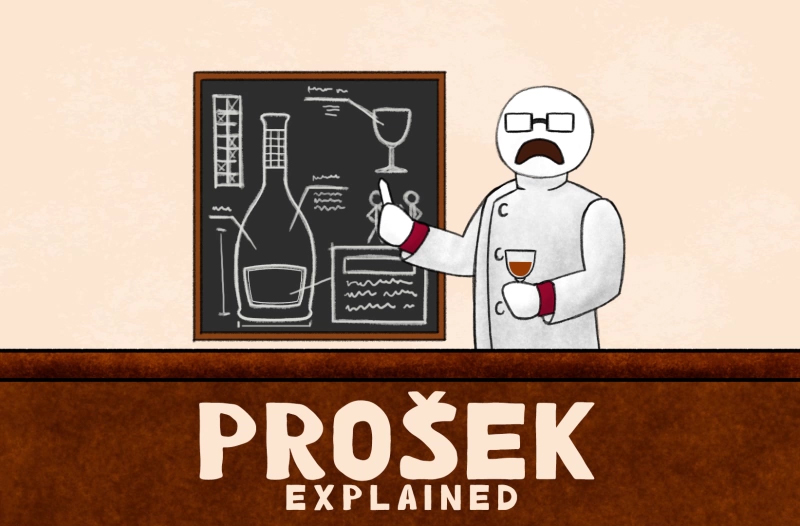Old Vintage Wines – Timeless Delights More Available Than Ever
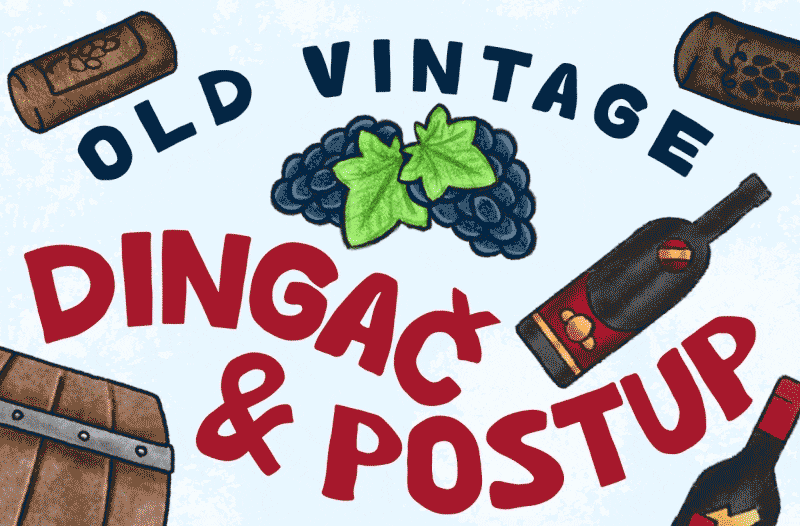
Proper storage conditions are crucial for preserving the quality and value of old-vintage wines. Ageing wine is a delicate process; specific environmental factors can significantly impact how well a wine develops over time. Here are the 4 key factors for storing old-vintage wines:
- Temperature: The ideal temperature range for wine storage is typically between 50°F to 59°F (10°C to 15°C). Fluctuations in temperature can be detrimental to the wine, so it’s essential to maintain a consistent temperature throughout the ageing process. Extreme heat or cold can cause premature ageing or deterioration of the wine.
- Humidity: Relative humidity levels should be kept between 60% to 70%. Proper humidity prevents corks from drying out, which could lead to oxidation and spoilage of the wine. Too much humidity, however, can damage labels and promote mould growth.
- Darkness: Exposure to light, especially sunlight and UV rays, can harm wine. It’s best to store wine in a dark or dimly lit area to protect it from light-induced damage.
- Stability: The wine shouldn’t be exposed to frequent movement or vibration, disturbing the sediment and negatively impacting the ageing process. Wine bottles should be kept away from vibration sources, such as washing machines, loudspeakers, or heavy machinery. Storing wine bottles on their sides can also prevent the corks from drying out.
What is considered an old vintage wine?
No official, universally recognised rules or strict guidelines define what is considered an “old vintage wine.” However, wines that have aged in a bottle for a significant time, usually over 10 years, are considered old vintage wines.
However, the ageing potential of wines can vary depending on the grape variety, winemaking style, region, and vintage conditions. Some wines may reach their peak after just a few years, while others can continue to improve and evolve over several decades.
Classifying a wine as “old vintage” is somewhat subjective and does not have a specific set of official rules. Instead, the term is used loosely to describe wines that have undergone extended ageing and are perceived to have reached a more mature stage in their development.
These wines are often associated with complex flavours, softening of tannins, and unique nuances that develop over time through proper storage and maturation.
What wines are best old?
Certain types of wines and grape varieties tend to age better than others due to their inherent characteristics, tannin levels, acidity, and overall structure. Here are the best-known types of wines that are generally considered to have good ageing potential:
Red Wines:
- Cabernet Sauvignon: Known for its high tannins and rich flavours, Cabernet Sauvignon from reputable regions like Bordeaux, can age gracefully for decades, developing complexity and nuance.
- Nebbiolo: Most famous in the wines of Barolo from Italy’s Piedmont region, but also very much from the northern parts of Piedmont and Lombardy, Nebbiolo wines can evolve over time, showcasing elegant aromas, mineral undertones, and unique tannin structure.
- Pinot Noir: Known for its delicate and nuanced flavours, when produced from the best vineyards and handled carefully, Pinot Noir can show remarkable ageing potential thanks to the balance that allows the wine to age gracefully without any particular element overpowering the others.
White Wines:
- Riesling: High-acid, dry or sweet Rieslings from top regions like Germany’s Mosel, Alsace, or Austria can age gracefully, developing honeyed and petrol notes along with remarkable complexity.
- Chardonnay: Top-quality Chardonnay wines from Burgundy, particularly from Grand Cru vineyards, have excellent ageing potential, showcasing buttery textures, mineral flavours, and integrated character.
What is more critical, variety or place?
Both the grape variety and the place (terroir) where the grapes are grown play significant roles in achieving an old vintage wine. Both factors contribute unique characteristics influencing the wine’s ageing potential and overall quality. Let’s explore each aspect:
Grape Variety
The choice of grape variety substantially impacts a wine’s ageing potential. Some grape varieties are naturally more conducive to long-term ageing due to their inherent characteristics, including:
- High Tannins: Varieties with higher levels of tannins, such as Cabernet Sauvignon, Nebbiolo, or Plavac Mali, often have better-ageing potential. Tannins act as natural preservatives, helping the wine maintain its structure and freshness as it ages.
- High Acidity: Wines with naturally elevated acidity, like Riesling and Chardonnay, have the potential also to age well because the acidity helps the wine retain its freshness and balance over time.
- Balance: Indeed, a crucial factor that supersedes nominal levels of acidity, tannins, alcohol or other specific components in determining the overall ageing potential and quality of a wine. Achieving balance in a wine means that all its components (acidity, tannins, alcohol, etc.) work harmoniously together. A well-balanced wine is more likely to age gracefully and develop complexity over time.
 Terroir (Place)
Terroir (Place)
The terroir refers to the combination of factors influencing the grape’s growing conditions, including soil, climate, altitude, and topography. The terroir significantly impacts the grapes’ quality and characteristics, which, in turn, affects the wine’s ageing potential. Key terroir-related factors include:
- Soil: Different types of soils impart specific mineral characteristics to the grapes, influencing not only the wine’s flavour profile but also the water accumulation, root system development, disease resistance and, most importantly, the composition of the grape.
- Climate: A moderate climate with warm days and cool nights is often favourable for even grape ripening and the development of complex flavours. Consistent weather conditions year after year can create a consistent aging potential.
- Vineyard Position: The vineyard’s location, such as its proximity to bodies of water or the aspect (the direction it faces), can influence the vine’s exposure to sunlight and temperature fluctuations, impacting grape ripening and ageing potential.
For example, Dingač and Postup are two terroirs located on the Pelješac Peninsula in Croatia, known for producing high-quality red wines primarily from the Plavac Mali grape variety. Both Dingač and Postup are considered prestigious and historically significant wine regions in Croatia. Wines from these terroirs have ageing potential and can produce old-vintage wines of excellent quality under the right conditions.
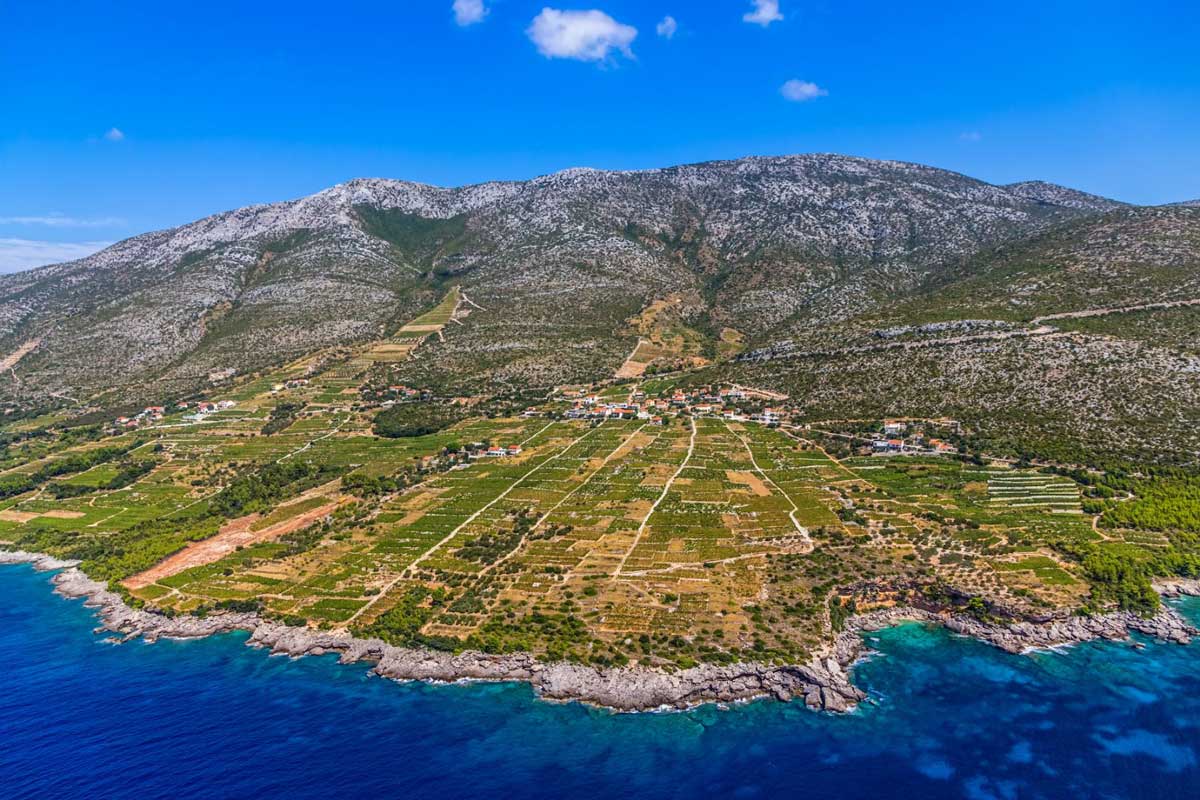
Ultimately, achieving an old vintage wine is a delicate balance between the grape variety and the terroir. Both factors work together to create the unique characteristics of the wine and influence how it will evolve over time. A winemaker’s expertise and attention to detail in the winemaking process are also critical in ensuring the wine reaches its full ageing potential.
How old is a vintage wine?
In a nutshell, a vintage wine is made from grapes harvested in a specific year. The term “old vintage wine” does not have a strict definition based on the number of years, as it can vary depending on individual perspectives and the wine’s characteristics. Generally, wines aged 10 to 20 years or much older are usually considered old vintage wines, but the ageing potential varies based on the grape variety, region, and winemaking style.
There is a distinction between the general ageing potential of wines and wines specifically produced and stored for long-term ageing in a winery cellar, often referred to as “old vintage” wines or “archive wines.”
When we discuss the ageing potential of wines, we refer to certain wines’ inherent ability to improve, evolve, and develop more complexity and depth over time. These are wines that have the capacity to age gracefully under proper storage conditions.
On the other hand, “old vintage” wines or “archive wines” are a specific subset of wines that wineries intentionally set aside and store in their cellars for extended periods. These wines are often made from the best grapes of exceptional vintages and are carefully crafted to have the structure and balance necessary to withstand extended ageing. Winemakers may designate these wines as special releases or reserve wines, and they are typically only made in limited quantities.
Producing and storing “old vintage” or “archive” wines allows them to reach their peak maturity, offering unique and complex expressions of the grape variety, terroir, and winemaking style. These wines are often intended for collectors, wine enthusiasts, or special occasions and are released when the winemaker deems them ready to be enjoyed at their best.
Can wine last 100 years?
Yes, some wines have the potential to last 100 years or even longer under proper storage conditions. Wines well-suited for long-term ageing typically possess the structure to withstand ageing. These wines often come from renowned wine regions or specific terroirs and are made from specific grape varieties known for their ageing potential.
Fortified wines like Vintage Port and Madeira and sweet wines like Sauternes are known for their exceptional longevity and can age for centuries. Similarly, certain styles of Sherry, such as Amontillado and Oloroso, can also have impressive ageing potential.
Some examples of regular, still, dry wines that can last 100 years or more include:
- Vintage Rioja: Certain high-quality Rioja wines from Spain, especially those made from Tempranillo and with significant elevage, can have excellent ageing potential.
- Top-tier Burgundy: Some Grand Cru and Premier Cru Pinot Noir wines from Burgundy, made by esteemed producers, have been known to age for a century or more, reaching remarkable complexity.
- High-quality Bordeaux: Certain Bordeaux wines, particularly those from exceptional vintages and renowned Châteaux, have demonstrated the capacity to age well for over 100 years.
- Some German Rieslings: High-quality Rieslings from specific vintages and top producers in Germany, especially those made in the late harvest, can also age gracefully for many decades.
It’s important to note that not all wines are meant for such extended ageing. Most wines on the market are intended to be consumed within a few years of release and may not improve with long-term cellaring. Only a select few wines, made under specific conditions and from specific grape varieties, have the necessary qualities to endure such extended ageing.
Apart from proper storage conditions for ageing wine for such an extremely long period, wines with natural cork closures will require periodic checks and possibly re-corking to ensure they continue to age gracefully.
Re-corking is a process in which the cork closure of a wine bottle is replaced with a new cork to maintain the quality and integrity of the wine over time. This practice is usually performed for old or aged wines that have been stored for an extended period, typically several decades or more.
The primary purpose of re-corking is to ensure the wine remains well-sealed and protected from oxidation. Over time, natural corks can degrade, becoming more porous and allowing small amounts of air to enter the bottle. This slow air ingress can lead to spoilage, flattening of flavours, and a loss of freshness in the wine.
Re-corking involves removing the old cork from the bottle, inspecting the wine for any signs of spoilage or defects, and then inserting a new, high-quality cork into the bottle’s neck. The process is typically performed by experienced wine professionals with expertise in handling old wines delicately.
How long does wine last?
The lifespan of wine varies significantly depending on a multitude of factors.
No wine has an expiration date. However, most wines are meant to be consumed relatively young, within several years of their vintage date, while some high-quality wines have the potential to age and improve for several decades.
As previously explained, some wineries have the tradition and capacity to choose to archive certain wines. These wines can later be sold as old vintage or archive wines. The lifespan of such wines can be extremely long.
But here is a general guideline on the ageing potential based on wine type:
- Light and crisp white wines (e.g., Sauvignon Blanc, Pinot Grigio): Best consumed within 1 to 3 years of the vintage date, in most cases.
- Fuller-bodied white wines (e.g., Chardonnay, Viognier): Can age for 3 to 10 years or longer, depending on the style and winemaking.
- Light-bodied red wines (e.g., Beaujolais, some Pinot Noir): Best consumed within 1 to 3 years of the vintage date. In this category, there are many exceptions, but as a general rule, this applies
- Medium-bodied red wines (e.g., Merlot, Sangiovese): Can age for 3 to 7 years, depending on the vintage and producer.
- Full-bodied red wines (e.g., Cabernet Sauvignon, Tempranillo, Plavac Mali): Can age for 5 to 20 years and more, depending on the quality and winemaking.
- Rosé wines are generally best consumed within 1 to 3 years of the vintage date for optimal freshness.
- sparkling wines are designed to be enjoyed upon release, but some vintage sparkling wines (e.g., Champagne from a specific vintage) can age for 5 to 10 years or more
This general rule has many exceptions, but as a principle landmark, it could be a useful guide. Ultimately, the ageing potential of a wine depends on the individual bottle, so it’s always a good idea to check with the producer’s recommendations or consult with a knowledgeable wine expert if you’re unsure about a specific wine’s ageing potential.
To age does not mean simply to survive but to achieve a deeper balance and harmonious experience.
What does vintage wine taste like?
Old-vintage wines have distinct taste profiles compared to younger wines. The extended ageing process allows these wines to develop unique and complex characteristics that set them apart.
Here are some common attributes and flavours often found in old-vintage wines:
- Mellowed Fruit: The primary fruit flavours in old-vintage wines tend to soften and mellow, transforming from vibrant and fresh fruit to more subdued and dried fruit notes. Depending on the wine, you might encounter flavours of dried berries, prunes, figs, or raisins.
- Secondary and Tertiary Flavors: Aged wines develop secondary and tertiary flavours due to chemical reactions during ageing. You may detect nuances of leather, tobacco, forest floor, earthiness, cedar, spices, and dried herbs, adding layers of complexity.
- Smooth Tannins: The tannins in red wines typically soften over time, resulting in a smoother, silkier mouthfeel. This change in texture is particularly noticeable in well-aged red wines.
- Oxidative Notes: Aged wines might exhibit some oxidative notes, which can be described as nutty or sherry-like aromas.
- Integrated Oak: If the wine was aged in oak barrels, the oak flavours and tannins often become better integrated into the wine, lending subtle vanilla, spice, or toasty notes.
- Increased Complexity: Aged wines are known for their complexity, with various flavours and aromas intermingling and evolving over time. The overall experience can be multi-layered and fascinating.
- Long Finish: Old-vintage wines often have a lingering finish, where the flavours and aromas persist on the palate for an extended period after swallowing.
- Balance: Well-aged wines typically exhibit deeper balance, with the various components (acidity, tannins, fruit, etc.) harmoniously blended together.
Old vintage wines for sale
Old vintage wines are considerably rare. Finding a winery with resources and the ability to make and store wine for a significant time is a rarity.
Not all old wines are valuable or rare. The rarity and value of an old-vintage wine depend on the producer’s reputation, the specific vintage’s quality, the storage conditions, and the overall condition of the wine when it is finally made available for purchase.
For collectors and wine enthusiasts, finding and acquiring well-preserved old-vintage wines can be a rewarding and cherished experience, as these bottles often represent exceptional and unique expressions of a particular year and winemaking style.
Luckily, you don’t have to go to an auction to purchase old vintage wines. In fact, many individuals seek-out old-vintage wines for significant celebrations or events such as anniversaries, birthdays, or corporate milestones.
Old vintage wines could be purchased from wineries directly and through specialised wine shops with a selection of aged wines for customers looking for unique gifts, special occasion bottles, or to expand their wine knowledge and palate.
Old-vintage wines don’t have to be extremely expensive, either. For example, this archive bottle of Postup from 1994 or this Dingač could be purchased for a price no higher than some current vintage wines from that same positions (Dingač and Postup) are being sold.
Of course, shipping old-vintage bottles is more demanding than ordinary wines. This is why order processing and shipping of archive wines undergo a somewhat modified, special procedure. Nevertheless, the shipping costs remain the same, which makes old vintage archive wines more affordable than ever.
If you want to purchase an old vintage wine, please contact our wine experts for any additional information. After all, you are acquiring a piece of history.
A piece that carries the legacy of the winemaking traditions and techniques employed during that particular vintage, making them historical artefacts of the wine industry



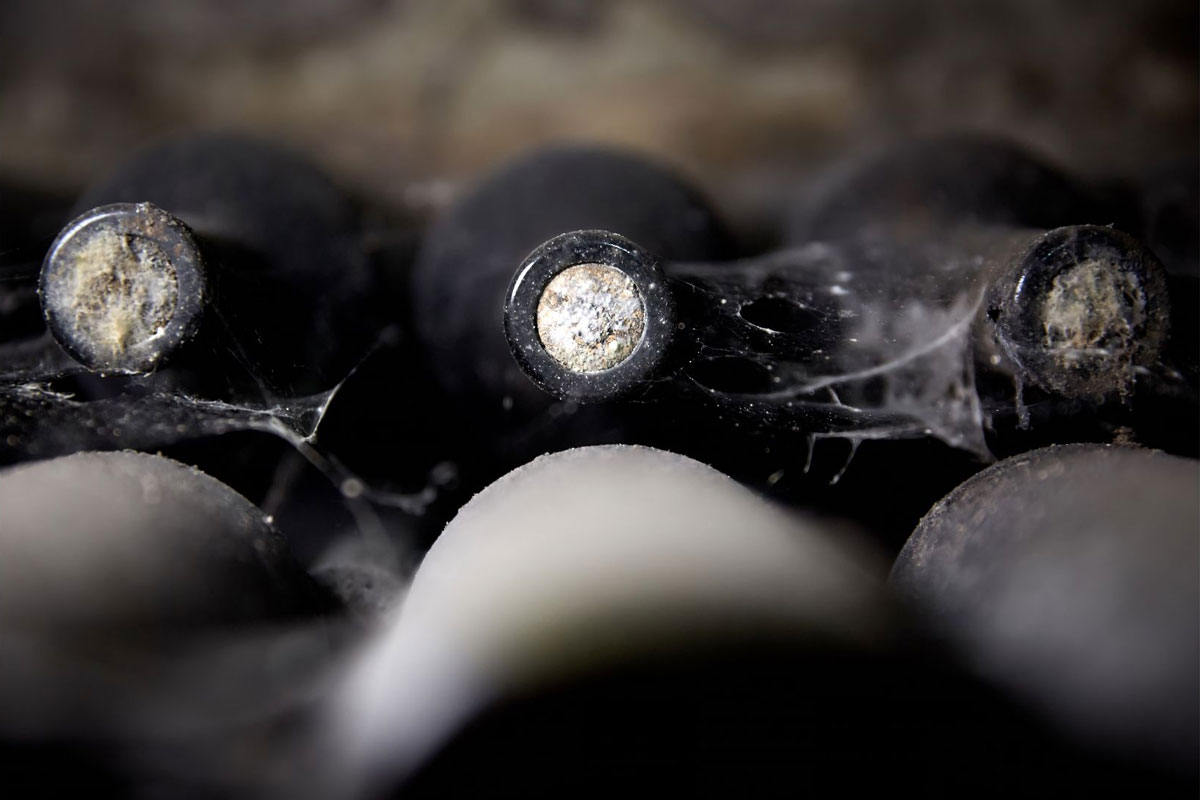
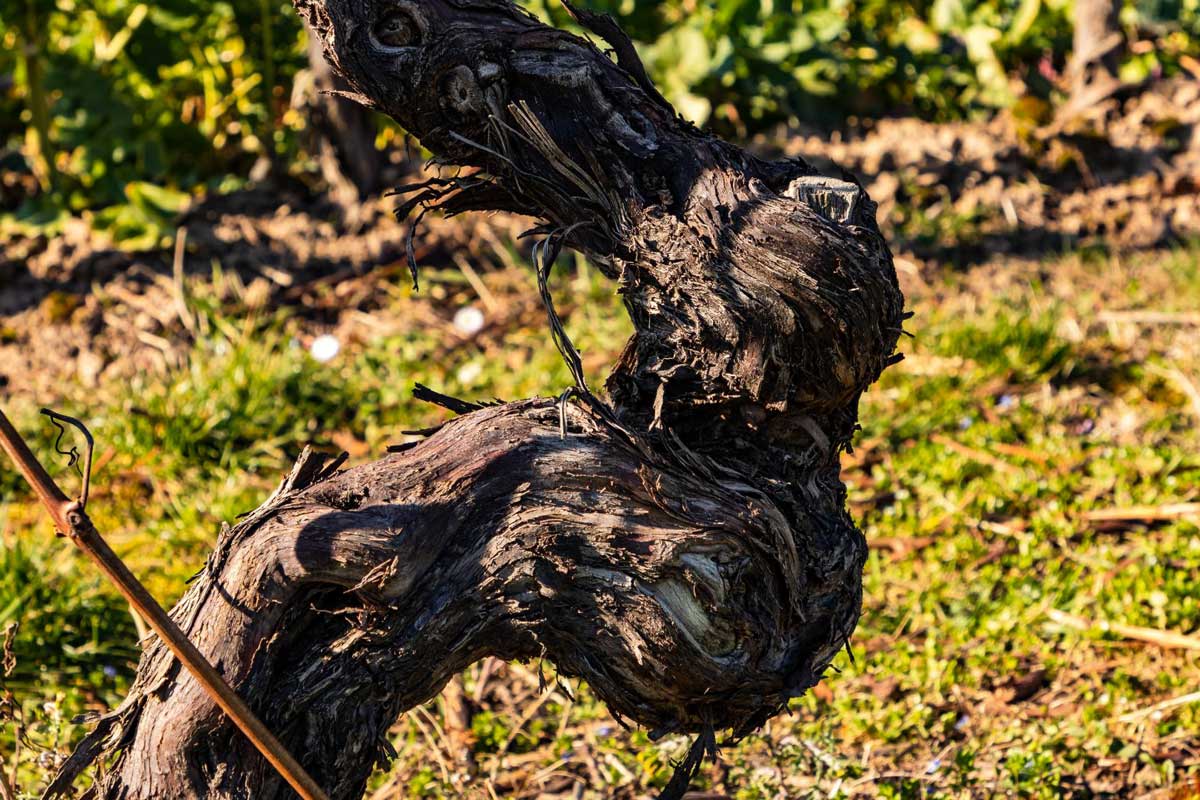 Terroir (Place)
Terroir (Place)